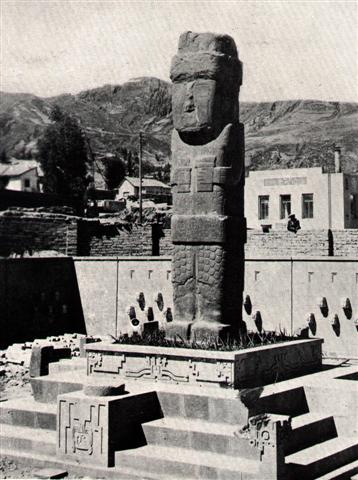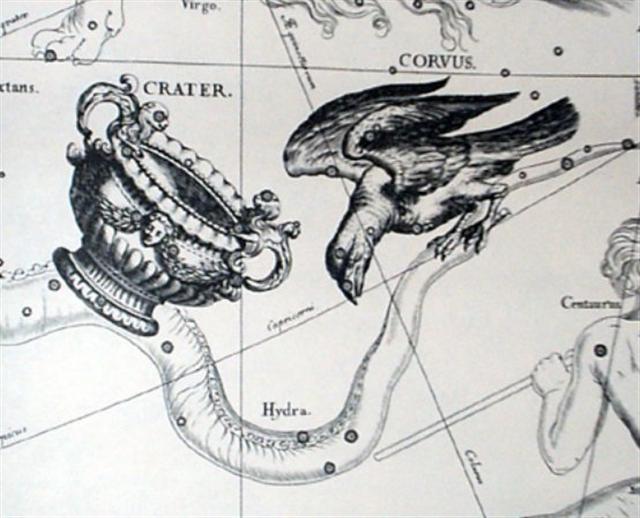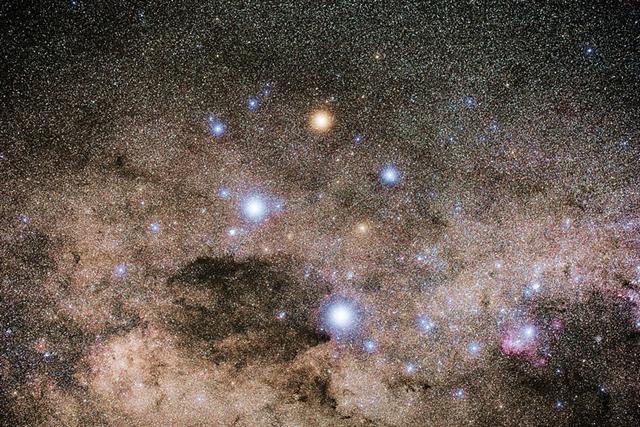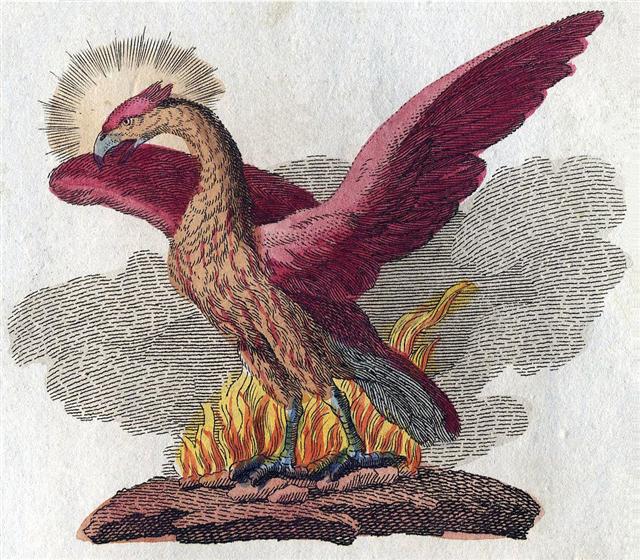RIGEL
By using the translation table here below from the text on the G
tablet to that on the C tablet
|
CAPELLA + RIGEL (*78)
THUBAN
|
*247 |
CAPELLA + RIGEL (*78)
THUBAN
|
 |
 |
|
Ga1-14
(→ 94 - 80) |
Ca10-6 (261
→
9 * 29) |
| APRIL 4
(78 + 16 = 94) |
June 7
(158, *78) |
|
... the
measure from APRIL 4 (94, *14) to June 7 (158, *78) =
*64 (the precessional depth down to the Golden Age of
the Bull) combined with a shift of view from heliacal
(Sun, north of the equator) to nakshatra (Full Moon, on
Easter Island). Because *64 + *183 = *247 ... |
|
This
is is a linear function f(x) = y, where x is the
independent and well known variable consisting of my
interpretation of the text on side a on the G
tablet and where y is the dependent variable
corresponding to the text on side a of the C tablet.
I.e. f(G) = C. |
we should be able to find the Sombrero Galaxy (M104) also in the
C text.
|
Rigel (*78) |
*4 |
Mintaka
(*82.4) |
*109
|
PORRIMA, M104 (*191) |
*23 |
κ Virginis
(*214) |
|
 |
 |
 |
 |
|
Ga1-14 |
Ga1-18 |
Ga5-17 (18 +
109) |
Ga6-10 (150) |
|
June 7 (*78) |
June 11
(*82) |
Sept 28
(*41 + *150) |
Oct 21
(*214) |
|
APRIL 4
(78 + 16) |
APRIL 8 (80
+ 18) |
JULY 26
(207) |
AUG 18
(230) |
The denomination 104 (in M104) might have been the same as that
which persuaded the creator of the stone statue named
Pachamama
to reckon 78 + 104 = 182.
|
Counting the tresses of Pachamama from
right to left: |
|
1 |
26 |
78 |
1 |
29 |
90 |
|
2 |
26 |
2 |
30 |
|
3 |
26 |
3 |
31 |
|
4 |
25 |
104 |
4 |
34 |
124 |
|
5 |
26 |
5 |
31 |
|
6 |
27 |
6 |
30 |
|
7 |
26 |
7 |
29 |
|
Total =
396 = 182 +
214 |

The heliacal position of M104 should be in September 28 and a
week after Ca1-1:
|
Algenib
Pegasi |
*2 |
|
 |
 |
|
Ca1-1 |
Ca1-2 |
|
Sept 21
(*184) |
Equinox
(82 + 183) |
|
March 22
(*1) |
March 23
(82) |
|
*184 |
GIENAH (γ
Corvi) |
 |

|
Throwing stick? |
 |
Phoenician
gimel |
 |
Greek gamma |
Γ
(γ) |
|
... In its unattested Proto-Canaanite
form, the letter [gimel] may have been named
after a weapon that was either a staff sling or a
throwing stick, ultimately deriving from a
Proto-Sinaitic glyph ... Bertrand Russell posits that
the letter's form is a conventionalized image of a
camel. The letter may be the shape of the walking
animal's head, neck, and forelegs [cfr the way Taurus
normally is depicted]. Barry B. Powell, a specialist in
the history of writing, states 'It is hard to imagine
how gimel = 'camel' can be derived from the
picture of a camel ... The word gimel is related
to gemul, which means 'justified repayment', or
the giving of reward and punishment.
The Swedish word gammal means
'old' (and dry like a stick).

... Tu'i Tofua
was the son of Vakafuhu. His mother was
Langitaetaea, but she was only one of the many young
women whom Vakafuhu had living behind the fences
of his dwelling. When Tu'i Tofua grew he was
given the first-born sons of all the wives for his
companions, and they all used to play sika
outside the enclosure of Vakafuhu. They made
their sika of clean-peeled sticks and threw them
in turn along the ground, they
glanced them off a mound and each one tried to make the
longest throw. One day while
Vakafuhu was sleeping off a kava-drinking those
boys were playing their game outside, and Tu'i Tofua
threw his sika. Then indeed the enormous strength
of Tu'i Tofua made that sika fly over the
fences into his father's place.
It landed where the women were and
they all began to giggle, those girls, and shriek and
laugh. They did this because they wanted that handsome
youth to come among them, they desired him. More than
his father they desired him. They fell with joy upon the
sika of their master's son, and snapped it. When
he came inside to get it back they called out things
that made him embarrased. 'Haven't you got another long
thing there, Tu'i?' those women said. 'This one's
broken.' And they put their hands across their faces and
they laughed ... |

Which will enable us to construct the inverse linear function:
|
M104 (*191 =
*8 + *183) |
*119 |
M104 (*191 =
*8 + *183) |
 |
 |
|
Ca1-8 |
Ga5-17 (127) |
|
March 29
(271 - 183 = 88) |
JULY 26
(207 = 390 - 183) |
|
SCHEDIR (*8) |
JAN 25 (365 + 25 = 390) |
|
The measure from March 29 (88, *8) to
JULY 26 (207, *127) = *119 can be explained as a shift
of view from nakshatra (Full Moon, on Easter Island) to
heliacal (Sun, north of the equator), combined with a
subtraction with *64 in order to compensate for the
precessional depth down to the Golden Age of the Bull.
Because *183 - *64 = *119.
|
|
This is a linear function g(x) = y
where x is the independent and assumed reliable variable
of the text on side a of the C tablet and where y ought
to be the
corresponding places in the text on side a of the G tablet,
i.e. g(C) = G.
*119 + *247 = *183 + *183 = *366. This
implies a difference with 1 glyph position compared to a
calendar cycle with 365 days. Instead of the Sun rising together
with Schedir (the Breast of Cassiopeia) the new year meant a new day count from ξ
Phoenicis (*9.0) at JANUARY 25 (*310), because 310 + 64
= 374 = 365 + 9. ... In rongorongo times
the last Greek lettered star
in Orion (ξ)
rose with the Sun in June 21. The letter seems to have
originated from the Phoenician letter samekh
(tent peg, supporting prop), which in turn may have been
derived from the ancient Egyptian djed column ... |


|












